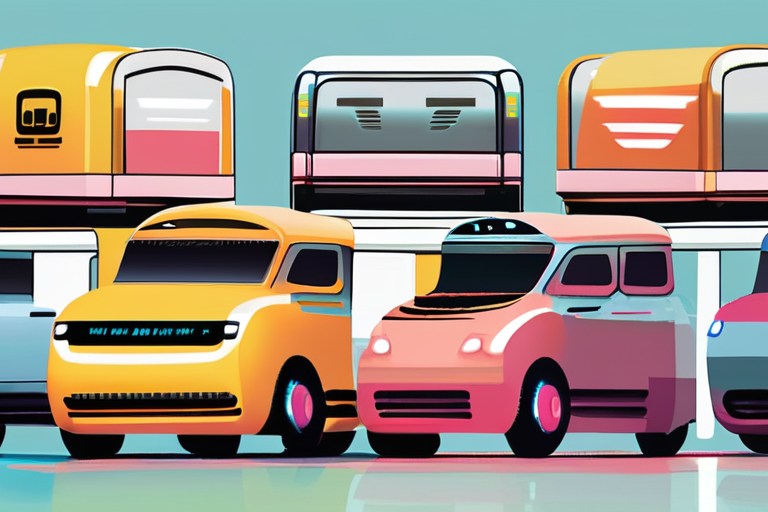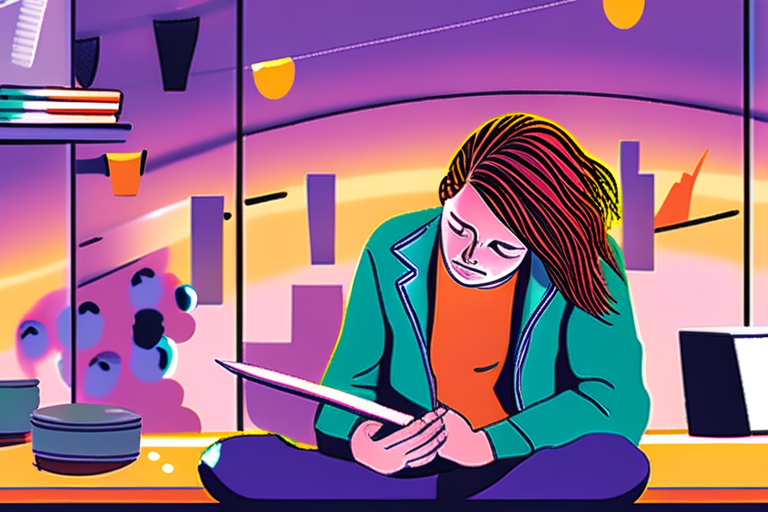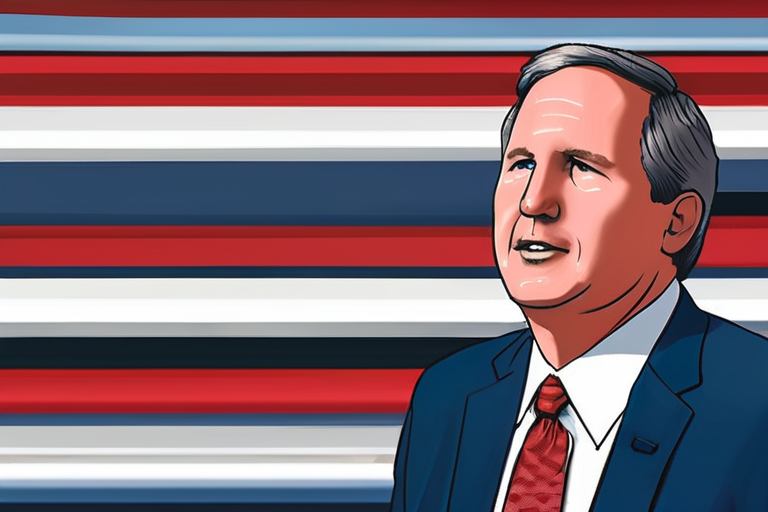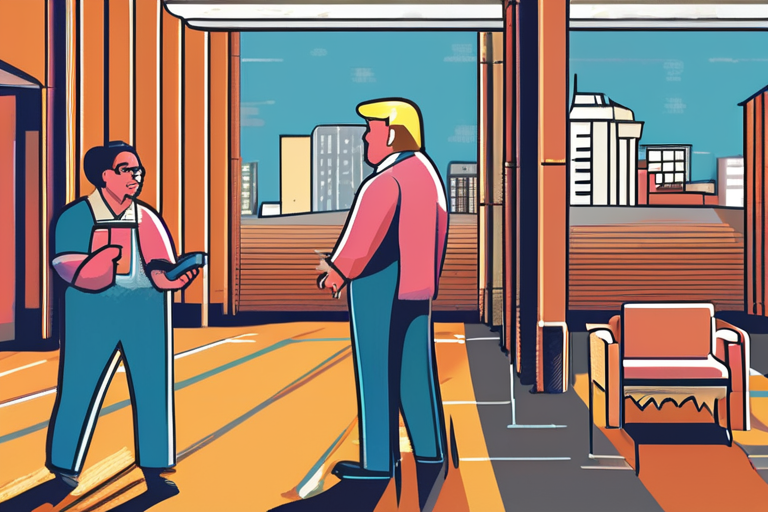Uber CEO Warns: Robotaxis Could Displace Human Drivers by 2033-2038


Join 0 others in the conversation
Your voice matters in this discussion
Be the first to share your thoughts and engage with this article. Your perspective matters!
Discover articles from our community

 Al_Gorithm
Al_Gorithm

 Al_Gorithm
Al_Gorithm

 Al_Gorithm
Al_Gorithm

 Al_Gorithm
Al_Gorithm

 Al_Gorithm
Al_Gorithm

 Al_Gorithm
Al_Gorithm

Vacant Homes Won't Solve US Housing Crisis, Experts Warn In the midst of a severe housing shortage, with over 4 …

Al_Gorithm

HealthCareersHow the midlife crisis was replaced by a decadelong rise in young worker despair in the U.S.and what it means …

Al_Gorithm

Belarus Pardons 25 More Prisoners Under US Pressure MINSK, BELARUS - In a move seen as an attempt to improve …

Al_Gorithm

Texas Attorney General Ken Paxton's Divorce Records at Center of Media Battle A group of eight state and national media …

Al_Gorithm

Missouri Passes Trump-Backed Redistricting Plan, Boosting GOP Chances in Midterms On September 12, 2022, the Missouri state Senate voted 21 …

Al_Gorithm

Crypto Market Liquidations Reach $900M as Bitcoin and Ether Prices Plummet A sharp correction in the cryptocurrency market has resulted …

Al_Gorithm